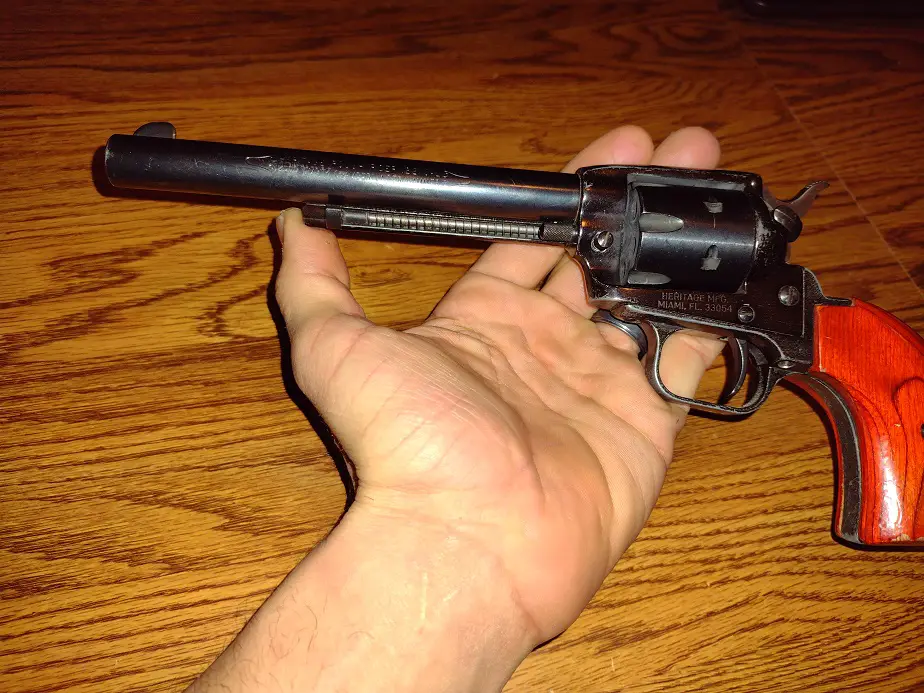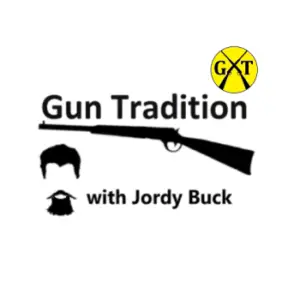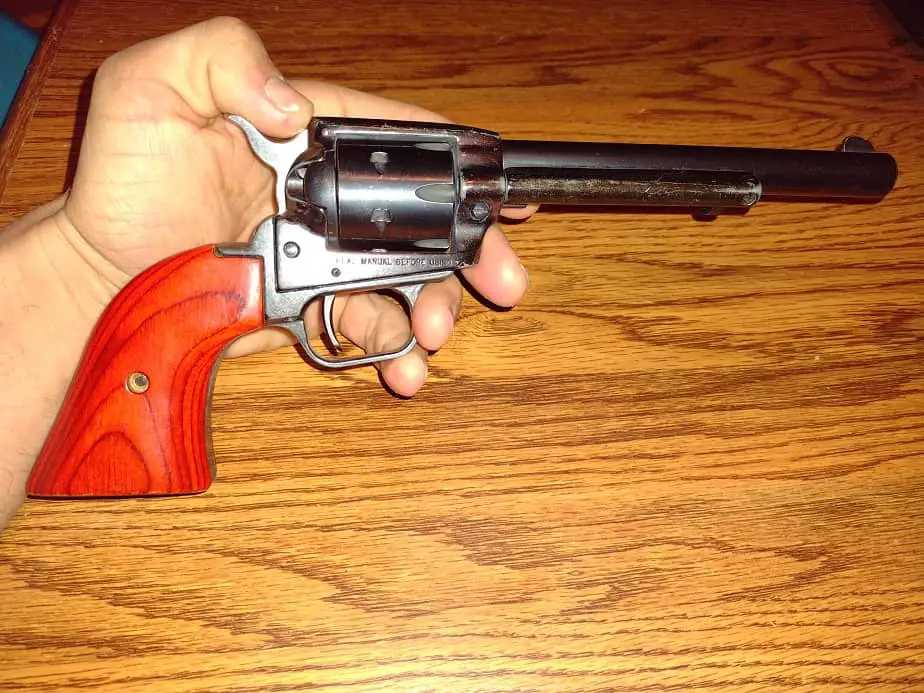I love my revolver. It’s an awesome pistol and incredibly fun to shoot.
Most revolvers don’t have a manual safety because they are considered safe to carry loaded without one. Most modern revolvers have an internal drop safety, which prevents them from firing until the trigger has been pressed. Revolvers traditionally rely on manual cocking each shot or a stiff trigger pull to prevent a negligent discharge.
Do they really not need a safety, and are revolvers actually safe? Yes, and here’s why.
Why Do Revolvers Not Have a Safety?
Revolvers were developed before the safety switch, so other means of keeping it from firing were utilized. Today, revolver designs, and most pistols, don’t need a safety because they are made with various designs to prevent it from being fired unless the trigger is pulled. Firearms without a safety are still considered safe.
The purpose of a safety is to not allow a gun to fire unless the shooter has pulled the trigger. The purpose of safety designs is to inhibit the gun from going off accidentally or by itself. Modern guns utilize designs that do not allow the gun to fire on its own unless they’ve been damaged or altered. Usually the latter
With early revolvers of the 1800s it was common practice to load all chambers but one, and rest the hammer on the empty chamber to ensure it wouldn’t go off if dropped or jostled. This was mainly due to very early failure-prone designs and to poor quality metals which could wear out fast.
The concern was that if you dropped the gun, or maybe fell down with it, the hammer could be struck against the cap and the load under the hammer could go off. Initially, it became somewhat common practice to simply carry the hammer on an empty chamber. So, a six-shooter became a five-shooter.
Modern revolvers and reproductions of the antiques are quite safe in operation and do not require a safety switch. Although some do have them to ease a worried mind. For that matter, modern pistols, in general, don’t really need a safety and many, like my Glock 20, do not have one.
Back to revolvers. There are two types of revolvers: single-action, and double-action. Single action revolvers require manual cocking of the hammer for each shot. Double-action revolvers do not require any cocking.
In order to still be safe, since they don’t really come with safeties, the trigger pull is such that it still requires a finger pressing it. Double action revolvers have a very long, very firm trigger pull. It’s considered infeasible that the trigger could be accidentally pulled all the way by something touching or bumping it.
Double-action revolvers can also be fired by first cooking the hammer for each shot a much lighter and more pleasant trigger pull. That’s why it’s a double-action. You can use it in single mode by cocking each shot first, or you can fire it like an automatic by just firmly pulling the trigger for each shot. But that trigger pull is beastly.

Will a Revolver Go Off if Dropped?
Modern revolvers are considered safe from accidental discharge by impact. Although some do have safeties, they are not needed to make a revolver drop-safe. Modern revolvers have a transfer bar or hammer block which prevents the Hammer from being able to strike a cartridge unless the trigger is first pulled.
This is really why we don’t need a safety on a revolver. The transfer bar is a piece of metal that sits between the hammer and cartridge, preventing it from being able to fire. The hammer block is basically the same thing.
Both the transfer bar and the hammer block prevent the hammer from being able to strike the cartridge until the trigger is fully pressed. The trigger press allows the bar or block to drop down, out of the way for a moment.
Now, you probably don’t want to throw your fine revolver on the floor, but it has been thoroughly tested. It is very hard to get a revolver, or most any gun to go off like that. There is an increased risk with old or heavily worn pistols, although still quite far-fetched. Still, do be careful, will you?
Are Revolvers Safe Guns?
Revolvers are incredibly safe to own, carry, and shoot. By following basic failsafe precautions like “don’t point a gun at something you aren’t willing to shoot”, There is no legitimate danger to owning and carrying a revolver.
Data shows that negligence, not accidents, lead to safety concerns.
Responsible gun handling and safe technique negate all of the risks of harm. That’s why we in the gun community tend to be very strict with our “rules” and follow them to T. Much like driving a car, one small error can jeopardize many people, but we can learn to follow the “rules” and through responsibility, be safe.
- Never point a gun at something you aren’t willing to shoot
- Every time you pick it up, assume it’s loaded
- Don’t touch the trigger untill you are prepared to use it
Now, I’ll argue that driving cars is a lot more dangerous than owning and carrying a gun. For one, simply owning or carrying a gun is like keeping your car parked in the garage. It poses no active danger because it’s a passive act. Every day while driving, there are cars going the other way just a few feet from mine. Never had that happen with bullets.
Are Revolvers Reliable?
Revolvers are incredibly reliable pistols. Their simple mechanics and manual functions aren’t fussy or finicky, and generally have a wide tolerance for proper function. The lack of a spring-loaded magazine virtually eliminates all malfunctions that can happen with a semi-auto handgun.

